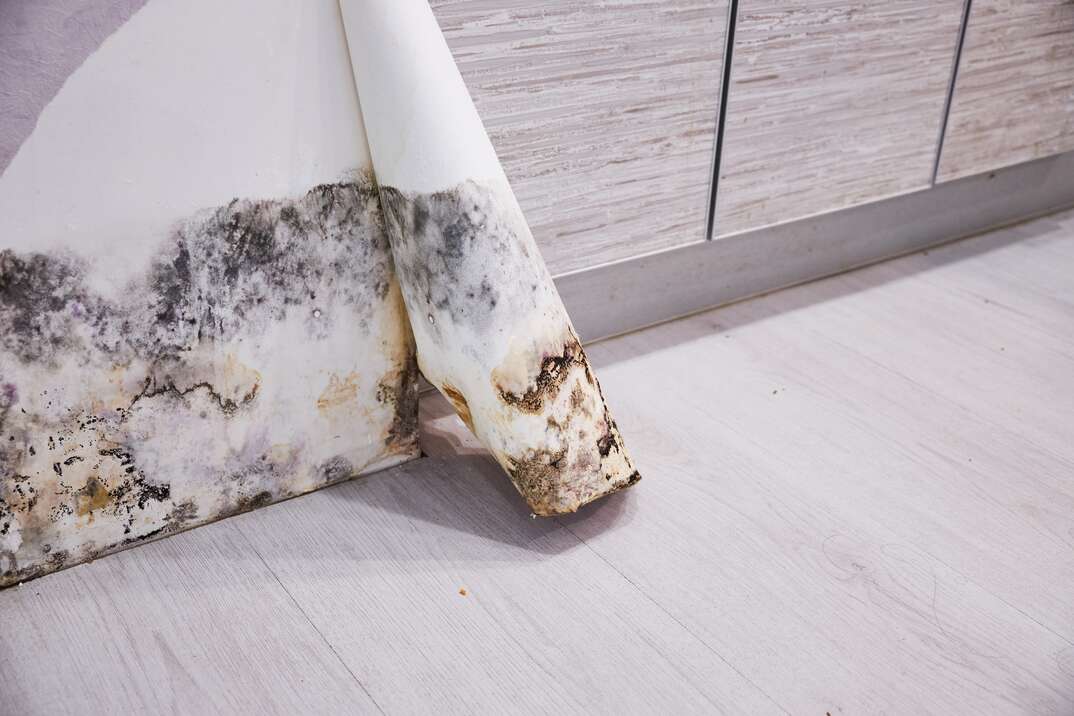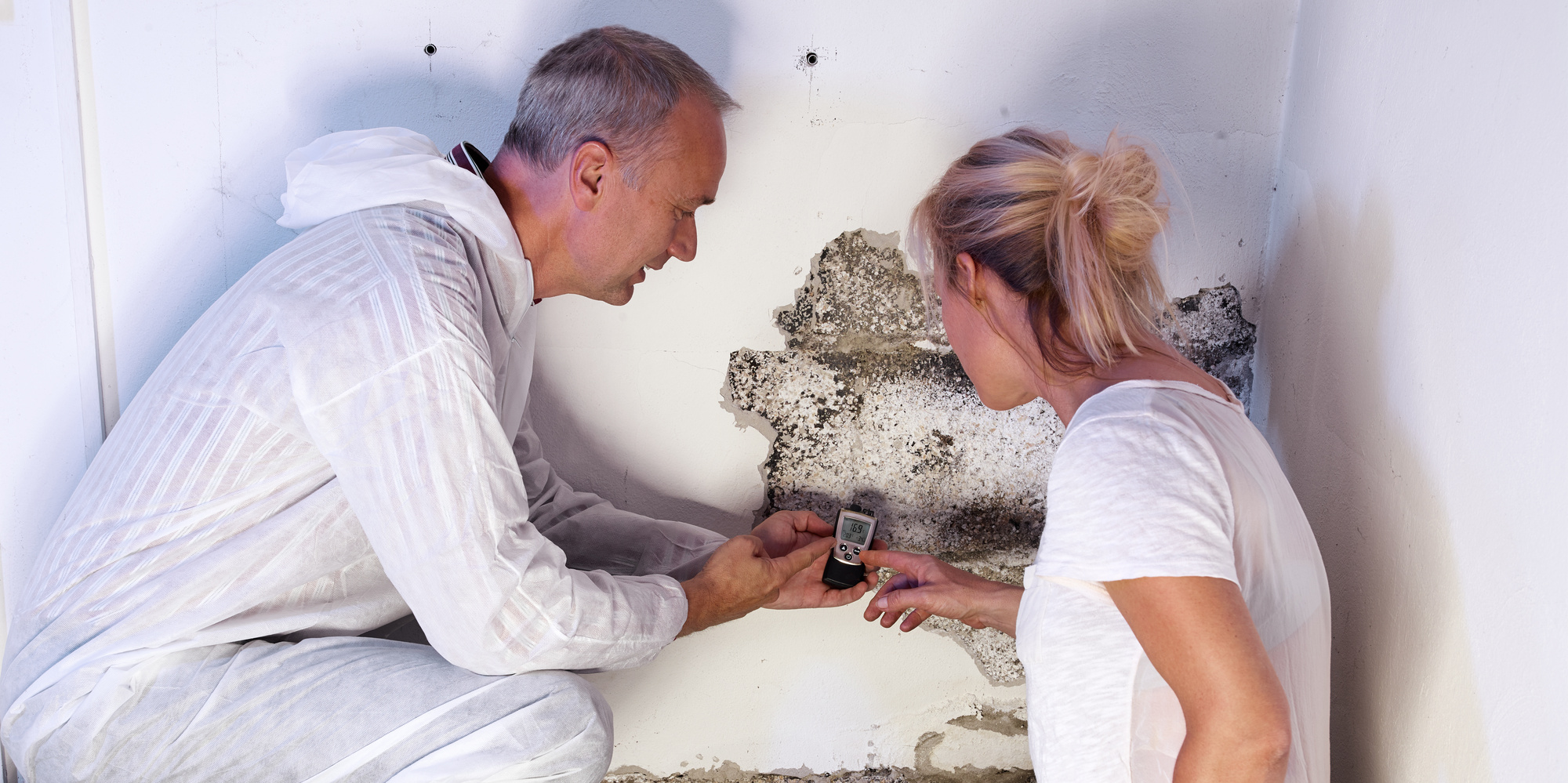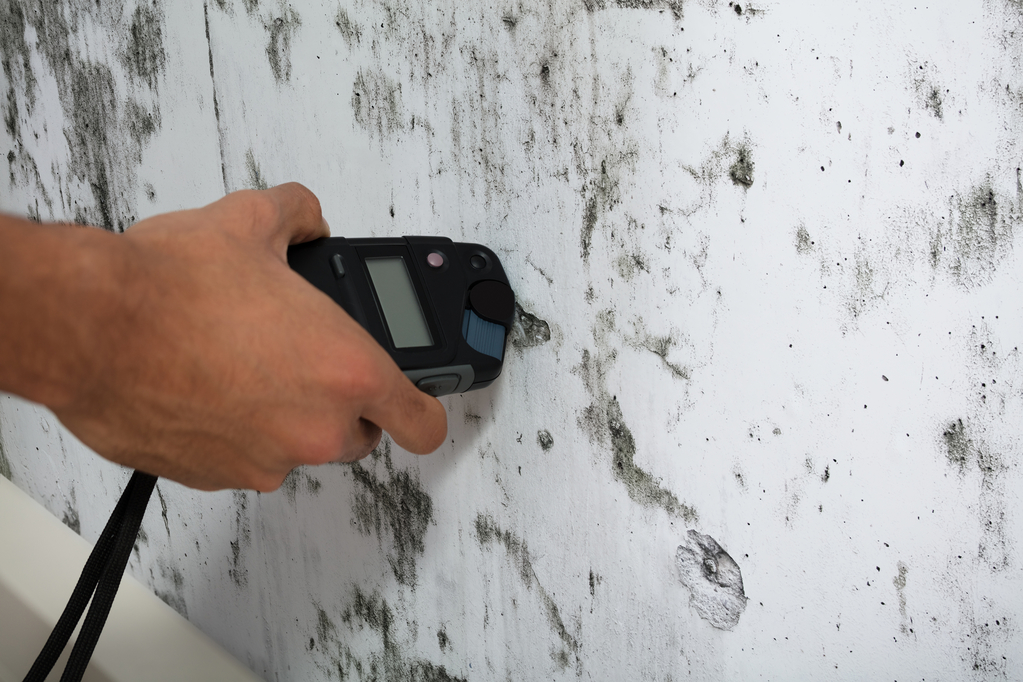Necessary Actions After Mold Remediation
Necessary Actions After Mold Remediation
Blog Article
Your Ultimate Guide to Blog Post Mold And Mildew Removal Methods
In the aftermath of mold and mildew problem, understanding how to successfully remove the mold and avoid its reoccurrence is extremely important for preserving a healthy and balanced indoor atmosphere. From picking the right cleaning and disinfecting techniques to applying strategies for long-lasting mold avoidance, each action in the remediation journey plays a critical function in making certain an effective result.
Recognizing Post-Mold Remediation Process
After completing the mold removal procedure, it is critical to understand the post-mold removal strategies that are essential to guarantee a reliable and complete clean-up. As soon as the mold and mildew has actually been eliminated, the next action entails cleansing and decontaminating the influenced areas to avoid any regrowth of mold. This consists of making use of specialized cleansing agents to wipe down surface areas and eliminate any kind of continuing to be mold spores. It is important to dry the area completely to inhibit the growth of mold in the future (Post Mold Remediation). Correct ventilation and dehumidification can assist in this process.
Furthermore, carrying out a last inspection post-remediation is important to ensure that all mold has actually been successfully removed. This inspection must involve a thorough visual check in addition to perhaps air sampling to confirm the absence of mold spores airborne. Extra remediation may be required if the examination discloses any type of sticking around mold. Enlightening occupants on preventive measures such as controlling moisture levels and quickly attending to any kind of water leaks can assist maintain a mold-free environment.
Reliable Cleaning Up and Sanitizing Techniques

Preventing Future Mold And Mildew Development

Significance of Correct Ventilation
Correct ventilation plays an essential function in protecting against moisture accumulation, a vital element in mold development within indoor settings. Effective air flow systems assist get rid of excess humidity from the air, lowering the chances of mold and mildew spores finding the dampness they need to germinate and spread. Without appropriate air flow, interior spaces can come to be a breeding place for mold and mildew, resulting in potential health and wellness dangers and architectural damage.
By making sure proper air flow, air flow systems can also aid in drying moist locations quicker after water damages or flooding occurrences, better discouraging mold and mildew growth. what to do after mold remediation. In areas like washrooms, cooking areas, attic rooms, and basements where dampness degrees tend to be greater, mounting and preserving efficient ventilation systems is important in preventing mold infestations

Tracking and Upkeep Tips
Provided the essential role that appropriate air flow plays in stopping mold and mildew growth, it is vital to establish reliable monitoring and upkeep suggestions to guarantee the ongoing performance of ventilation systems. Regular examinations of air flow systems must be performed to look for any type of indicators of blockages, leaks, or malfunctions that might linked here restrain appropriate air movement. Tracking moisture levels within the residential or commercial property is additionally important, as try this out high moisture can add to mold and mildew growth. Setting up a hygrometer can help track moisture levels and alert property owners to any spikes that might need interest. Furthermore, guaranteeing that air filters are on a regular basis cleaned up or replaced is vital for keeping the effectiveness of the ventilation system. Applying a timetable for regular maintenance tasks, such as duct cleansing and a/c system assessments, can help prevent concerns before they escalate. By staying alert and positive to the condition of air flow systems, residential or commercial property proprietors can successfully alleviate the risk of mold and mildew regrowth and preserve a healthy and balanced indoor setting.
Conclusion
Finally, post-mold removal methods are important for guaranteeing a clean and secure atmosphere. Comprehending the process, carrying out effective cleaning and sanitizing methods, preventing future mold and mildew growth, maintaining correct air flow, and normal tracking are all important steps in the remediation procedure. By complying with these guidelines, you can successfully remove mold and mildew and stop its return, working or promoting a healthy living area for all passengers.
In the results of mold and mildew invasion, understanding exactly how to properly get rid of the mold and mildew and stop its reoccurrence is extremely important for preserving a healthy indoor setting. When the mold has actually been removed, the next step entails cleaning and disinfecting the influenced areas to avoid any kind of regrowth of mold - Post Mold Remediation. After getting rid of noticeable mold growth, it is vital to cleanse all surface areas in the affected area to get rid of any type of continuing to be mold and mildew spores. To further improve mold and mildew avoidance measures, it is vital to resolve underlying issues that originally led to mold development.Provided the vital duty that correct air flow plays in preventing mold growth, it is critical to develop reliable surveillance and maintenance tips to make sure the ongoing functionality of air flow systems
Report this page